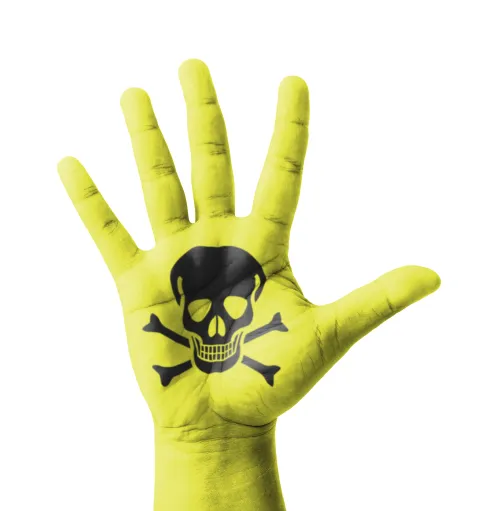
Toxic Substances to avoid, but not limited to:
- Alkylphenols
- Bisphenol A (BPA) and Polychlorinated biphenyls (PCBs)
- Cadmium
- Chlorinated polyethylene and chlorosulfonated polyethlene (CSPE)
- Chloroprene, Neoprene, and Chlorobenzene
- Chlorine
- Chromium
- Formaldehyde
- Mercury (HIGHLY TOXIC)
- Perfluorinated compounds (used in water resistant textiles)
- Phthalates
- Polyvinyl chloride and Polyvinylidene chloride (common in water bottles, stuffed animals, and dolls)
- Wood treatments containing creosote, arsenic or pentachlorophenol
- Volatile organic compounds (VOCs)
- Flame Retardants
- Lead (HIGHLY TOXIC)
Healthy and Sustainable purchasing support the purchasing of safer products that avoid toxic substances. Healthy Product declarations are just one tool used for transparency and content disclosure, but laws do not require this information. So, it is best all of us learn more about what toxic chemicals could be in the products we purchase. Please check back often for we will be updating our information continually about toxic substances in products we purchase.
Toxic Chemicals hide in many products. This is a list of just a few toxic chemicals to look for when purchasing a product.
Alkylphenols - adhesives, rubber, fragrances, fire retardants Polyvinyl chloride - plastics, especially water bottles
Bisphenol A - plastics
Polychlorinated biphenyls - plastics, flame retardants (baby products), waterproofing agents, adhesives, paints
Cadmium - paints/dyes Phthalates - adhesives and glues, personal-care products, medical devices, detergents and surfactants, packaging, children's toys, modelling clay, waxes, paints, printing inks and coatings, food products, and textiles.
Chlorinated polyethylene and chlorosulfonated polyethlene (CSPE) - plastics/rubbers, packaging Polyvinylidene chloride - plastics, food packaging, stuffed animals and dolls, fabrics
Chlorobenzenes - dyes, rubbers Short Chain Chlorinated paraffins - flame retardants, sealants/paints/coatings
Chloroprene (neoprene) - rubbers Wood treatments containing creosote, arsenic or pentachlorophenol
Chromium VI - textile dyes Volatile organic compounds (VOCs) in wet applied products - paints and protective coatings, common in office appliances and new furniture
Formaldehyde - HIGHLY TOXIC and WIDELY USED, wood products, sanitary paper products (facial tissues), cosmetics (especially nail polishes) Perfluorinated compounds - water resistant textiles
Halogenated flame retardants (HFRs) - baby products/toys, textiles, foam products
Lead (added) - HIGHLY TOXIC, paints, metal alloys, ceramic glazes, lipsticks
Mercury - HIGHLY TOXIC, cosmetics (mascara)
For more information on toxic substances please see the links below.
Administrative Rules & County Policies
- Toxic Reduction Strategy
- Healthy Purchasing Initiative
- Banning Sale of Bisphenol-A
- PUR 8 Sustainable Purchasing
- RSK 21 New Chemical Review process
- RSK 23 Indoor Air Quality
Additional Resources (Outside of the County)
The Living Building Challenge Red List
State of Oregon Green Chemistry Procurement Guidelines
DEQ Toxic Focus List
State of Oregon Toxic Reduction Strategy
